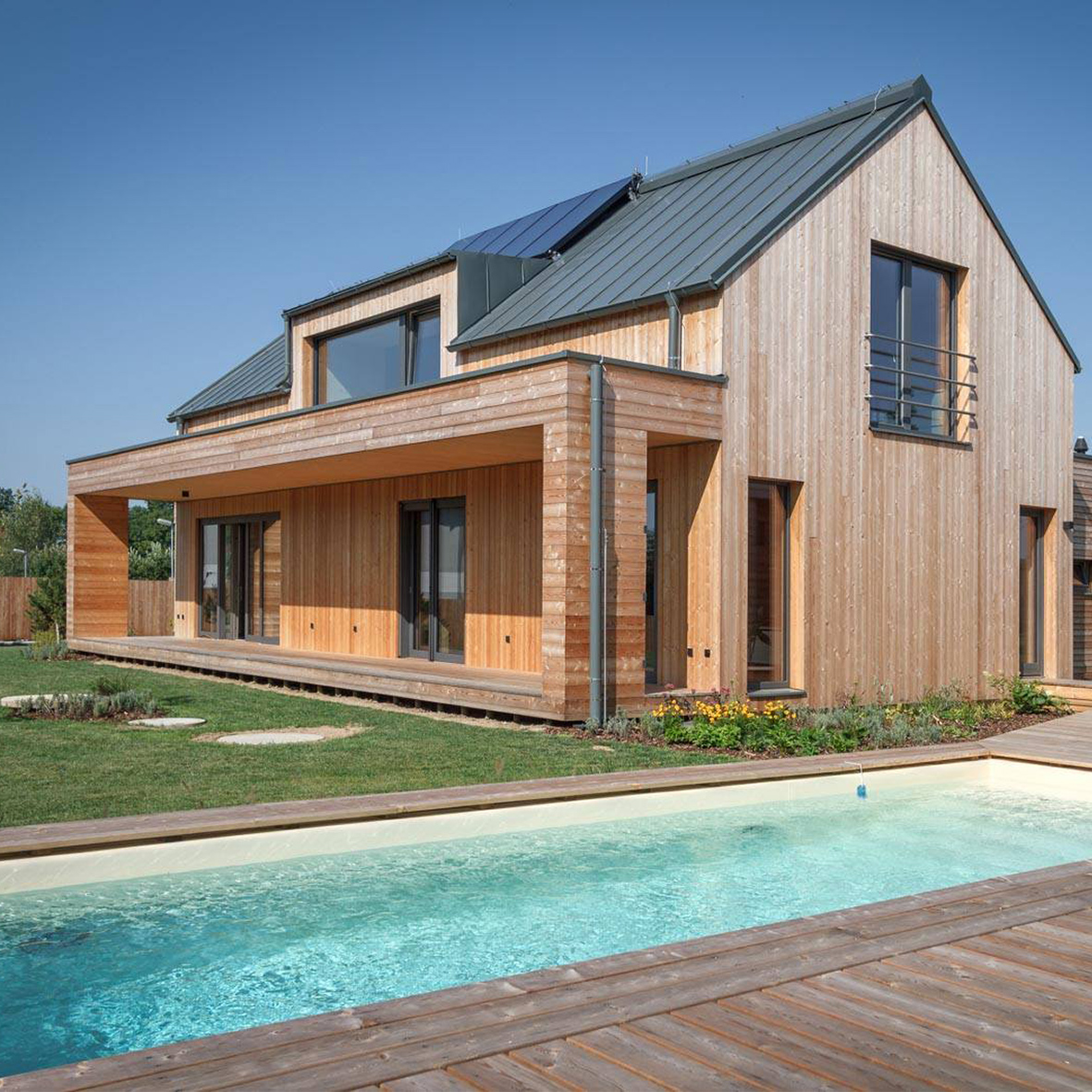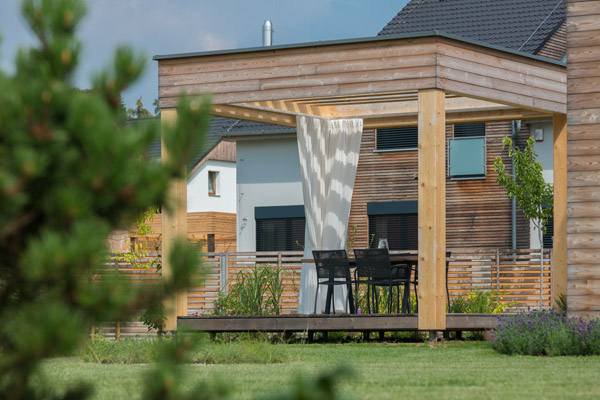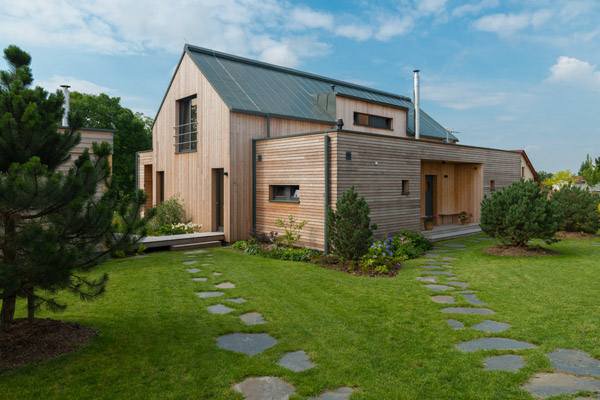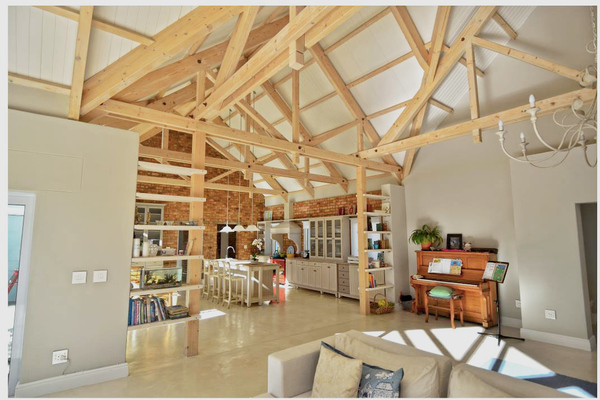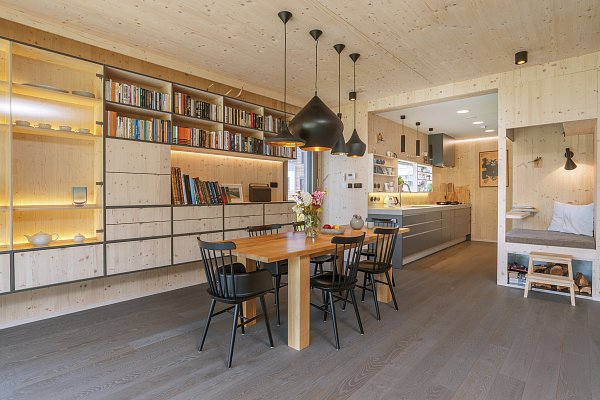1. Timber protects the climate
Each cubic meter of timber can hold one ton of CO2 and each tree used in the timber industry created a place for a new tree which will grow in the forest and actively tie the CO2 from the air. Thanks to each timber construction we also produce less CO2 intensive materials such as concrete and steel at the same time.
2. Timber is a renewable resource
While most other building materials must be produced using limited resources we have on the Earth, timber “just” grows back. In Austria, each second one cubic meter of timber grows, similar situation is in other parts of middle European Countries, from where HWZi exports construction spruce to South Africa. Since the 14th century there are lows securing the sustainability, nowadays guaranteed by PEFC and FSC certification and regulations issued by European Commission.
3. Timber is nowadays a high-tech material
Timber constructions are used for centuries, however intensive research and development brought new prospects of manufacturing timber which provided architects and builders with an opportunity to use timber in new ways. Various ways of laminations allow using timber for projects, where basic rough sawn timber achieve its limitations. Certified vertically or horizontally glue-laminated beams and Cross laminated timber (CLT) offer dimensional stability, various standard dimensions and surface grades. Timber is also a perfect material for prefabricated buildings, it reduces not only the time on the building site, but also noise and mess (your neighbours will be very thankful for that). HWZi beams, CLT and first laminated spruce products are certified according to SANS and are locally available in South Africa.
4. Timber brings diversity to the cities
New ways of manufacturing and computerized prefabrication allow new forms and motivate architects to design new shapes and to use visual timber for family houses as well as public buildings. Timber became a choice even for tall buildings and skyscrapers, especially in countries with a long history of timber constructions i.e. Canada, Finland or Austria. Even in South Africa Novatop Solid wood construction system is certified for multi-storey buildings.
5. Timber is a light weight material with a high bearing capacity
Thanks to light weight of timber (weight of kiln dried spruce is approx. 450 kg/m3), timber constructions are much lighter than its equivalent built from concrete or brick and mortar. This saves money and place for thick fundaments for new projects and allow extensions of existing buildings, which will be in many cases not possible with other building materials. Good example are extensions over garages.
6. Timber doesn’t produce any wastage
Each piece of a tree can be used, the bark for garden decorations or power industry, wood chips for cellulose production or power industry, main material for construction and side boards for packaging or specific parts of construction. The moment timber construction is not used any more, it can be easily and ecologically removed, and material can be either used or demolished without polluting the air.
7. Timber offers a pleasant indoor climate
There are many rational arguments why build with timber, however the final decision is often mostly an emotional decision. The smell of timber brings nature indoors to our homes, many researches show, that visual timber surface in the interior has a positive impact on our mood, it’s a warm building material which helps to regulate indoor climate in a very natural way. Visit the Hout Bay House, our research project and show house in Cape Town and experience a modern solid wood timber construction.
The use of timber in buildings offers various aesthetic and structural benefits, as the timber lends itself to open plan designs and allows for complete enclosure in effective insulation for energy efficiency.
Let’s design a timber home and check our competition for young South African Architects!
Inspired by article by holzistgenial.at
Photo by Novatop and MC Frames (CLT Novatop family house with SECA Siberian Larch cladding, design by owner of the house) and by Pitch 45

